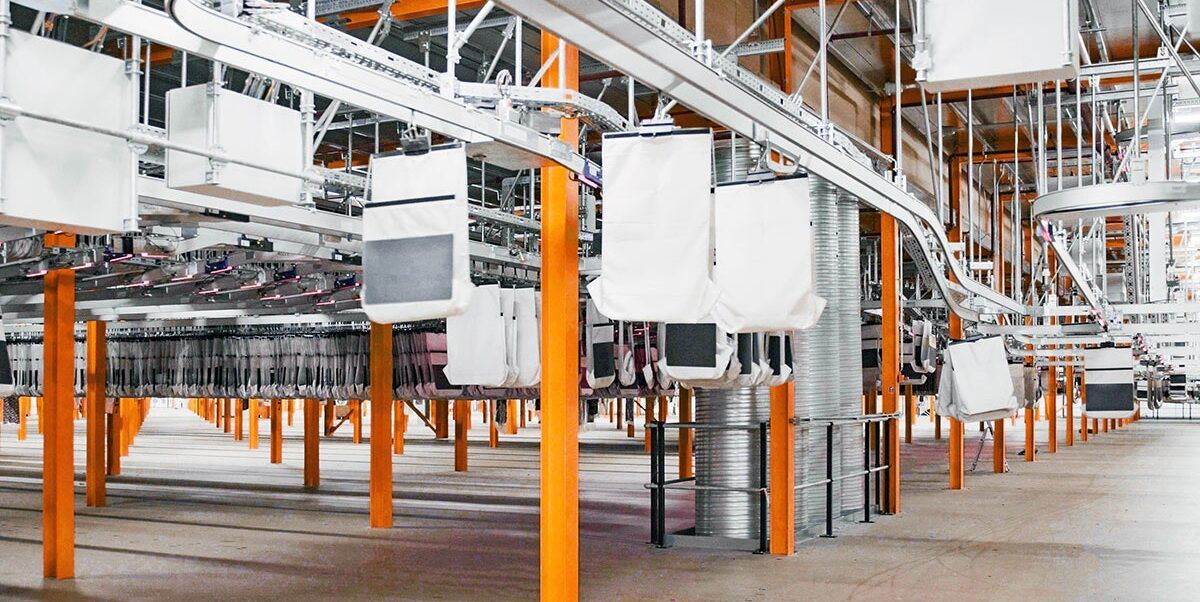Carl Moore, managing director of digital and e-fulfilment at Wincanton, says: “Things are costing more than anticipated, for businesses as well as for consumers, so a lot of our customers are capital constrained. We’re prepared to invest in robotics and automation at a time when retailers want and need to — but they aren’t able.”
Supply chain and logistics firm GXO, which operates over 970 warehouses worldwide, says partnerships with brands enable it to employ smart technologies to help even the smallest of brands. “These technologies are increasingly affordable, modular, adaptive, easier to deploy and scalable, reducing the barriers to SMEs accessing these benefits,” explains Russell Atkinson, managing director of fashion and apparel at GXO. He says GXO spends up to $50 million per automation project, and up to $10 million on software. “As a result of our investments and those of our customers, we’re seeing a range of anything between 10-50 per cent improvements in productivity and output because of new tech and automation in the warehousing space.”
For fashion, GXO is particularly excited about RFID. “The development of fabric RFID tags is a real game changer, which will significantly help our customers manage fragmentation by increasing precision of their inventory in store and speeding up replenishment,” says Atkinson. “We’re increasingly working with fashion customers to leverage the benefits of RFID tags, and in time we’d expect this technology to become commonplace with more of the supply chain embracing it.”
When it comes to deciding on what technologies to invest in, there is no one-size-fits-all approach. “A business considering investing should first understand their supply chain and the issues they are wanting to solve with automation,” says Natalie Frow, managing director for retail at DHL Supply Chain. “If customers are getting their deliveries late because picking is complex or labour is hard to come by, picking automation is worth considering. On the other hand, if you are regularly impacted by out of stocks and obsolete products then automated picking will offer limited value – instead AI would help you to understand your consumer demand, and warehouse layout and inventory controls is likely to pay dividends.”
The future of smart warehousing is “interconnectivity of all these data systems”, says TMX’s Andjelkovic, to give brands full visibility of inventory. “There are still manual interventions between systems that don’t talk to each other. The North Star really is that you can see everything from end to end, and it’s all interconnected. You can then do intelligent decision making, and real-time decision making.”
Comments, questions or feedback? Email us at [email protected].





